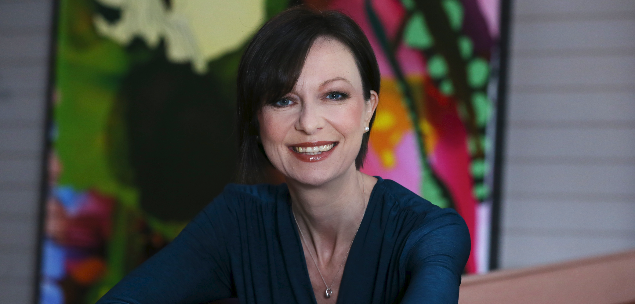To thrive and survive in the modern age, corporates must consider working with – and harnessing the disruptive ideas of – start-ups, according to Karen Lawson, the newly appointed CEO of corporate start-up accelerator Slingshot.
Dynamic Business spoke with Lawson, formerly the CEO of online job marketplace CareerOne, about opportunities for start-ups and corporates to collaborate and create synergies.
“Two strikingly opposite market forces”
Asked why start-ups and corporates should collaborate, Lawson explained, simply, that while both are enormous market forces, they are ‘strikingly opposite’ in their strengths and weakness – and this is where opportunities lie.
“Given their different sizes, corporate and start-ups work to different speeds, levels of risk and culture sets,” she said.
“Corporates have scale, resources, access to people and large customer bases. Start-ups, on the other hand, are risk takers, rule breakers, fast, agile and close to the customer. They can also pivot, change and reinvent more quickly.”
“Corporates have to look beyond their walls”
Lawson said social media and other technologies have created new opportunities and ways for ideas to reach people across the world. This has meant fewer barriers to starting a business and competing on a global scale and as the number of start-ups grows, corporates can find themselves in an increasingly vulnerable position.
“Businesses like Starwood and Marriott, which took decades to build, are being disrupted with platforms with no assets in a matter of years,” Lawson said.
“Corporates tend to be good at horizon 1 innovation, which is the solutions, services or products they are known for today. Many are investing in Horizon 2 – the new solutions, adjacent markets or products they may pivot into but Horizon 3, which is disruptive tech, is incredibly challenging. The corporate antibodies will kill those disruptive ideas as they threaten the structures, channels and relationships of the corporate.
“To succeed, corporates have to look beyond their walls, and that might be working with start-ups or partnering with or acquiring other companies. It is rare that disruptive technologies will be grown from inside!”
“Focus on innovation must come from the top”
Lawson said Slingshot has been approached by companies that have tried to work with start-ups but failed.
“The process of engagement can be incredibly difficult as both sides operate with such different models,” she explained.
“Yet the benefits of collaboration, when done well, are remarkable.
“Our first point of contact is always the board and the CEO. Focus on innovation has to come from the top and be aligned through the organisation. We go from ‘idea to impact’ and we take start-up founders and enable them to create a business which will operate independently.
“We encourage collaboration to enable scale through the corporate partner to achieve commercial outcomes but ultimately that start-up must be able to stand on its own two feet to survive, adapt and grow.”

